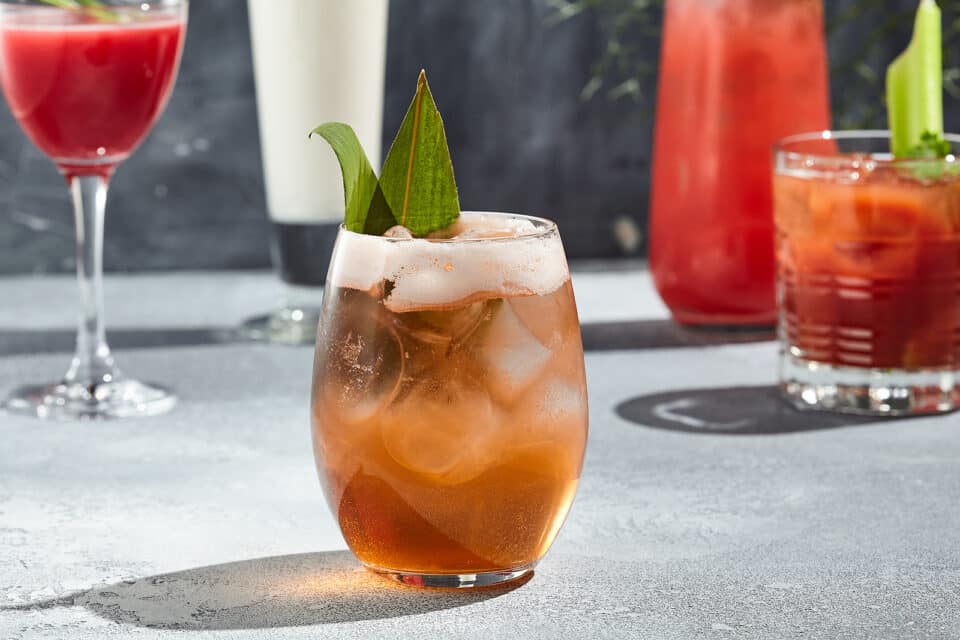Editor’s Note: This is our second installment of Michael Scott’s weekly series that will guide you through the many mouthwatering aspects of barbecue and grilling. Stay tuned every Thursday as we’ll publish his latest grilling guidance.
There are a number of considerations when purchasing a new grill. For example, gas or charcoal, propane or natural gas, how many BTUs, grates in cast iron, porcelain, or stainless steel, perhaps a ceramic grill, side burners, infrared searing, rotisserie, size, and certainly your budget are all thoughts that must go in to purchasing your perfect grill. (Or in my case, multiple grills!)
Let’s tackle gas versus charcoal first. Gas is more convenient while charcoal is more authentic. Some grillers think charcoal grilling tastes better. Gas is easier to control while charcoal is more adaptable. Additionally, charcoal grills are generally less expensive and tend to last longer than gas. However, the fuel cost of charcoal is more expensive than gas on a per cook basis, so add this into your decision process if your budget is limited.
If you are choosing gas, the decision should be propane. Unless you happen to have a natural gas line to your deck/patio area, propane is the easy choice due to the vast choice in grill models. BTUs are a measure of heat created and while “more is usually better,” don’t get too concerned with comparing the specifications.
Most grates come in either cast iron, porcelain, or stainless steel. Stainless is the easiest to maintain, but costs the most. Porcelain is prevalent, but over time can chip. Cast iron needs to be seasoned and maintained to avoid rust. Ask if the manufacturer provides replacement grates to extend the life of your grill.
Many grills today come with side burners, infrared searing, and rotisserie options. I often use these peripherals, but your case may be different. Are you a creative chef and think you need the additional burner? Do you like to have a “show” when cooking? If so, infrared and rotisserie are great visuals for your guests.
The most important decision point, of course, is your budget. The upfront cost of your grill can be a sizeable investment, yet give you many enjoyable days and nights with family and friends. If you’re not sure of your full interest, go small and get a starter grill. If you’re planning a full BBQ and grill island on your deck, send me your contact information and your party schedule.
So what do I suggest? Due to its different cooking capabilities, I suggest a ceramic cooker if possible. Using charcoal and temperature control, a ceramic grill can low smoke cheese/nuts, BBQ ribs/shoulders/briskets, grill burgers/hot dogs/chicken, and sear steaks at 600F+. However, with the right meat, heat, spices, and technique, great grilling is possible with any setup. Remember how good the food was from that childhood campfire?
A final note, whatever grill you decide upon, the key – let me repeat – the key to a long life is keeping the grill clean. Wipe down the grates after the cooking is finished, but before the grill completely cools. Line the bottom below the grates with foil to catch drippings, etc. Once the grill has cooled, remove the ashes in a charcoal grill to prohibit water gathering and rusting out the grill.
Next week I’ll discuss my passion – BBQ smokers. I think you will be surprised at the current state of smokers and some of the technology involved.
Read the barbecue guru’s first installment by clicking here.




One Comment